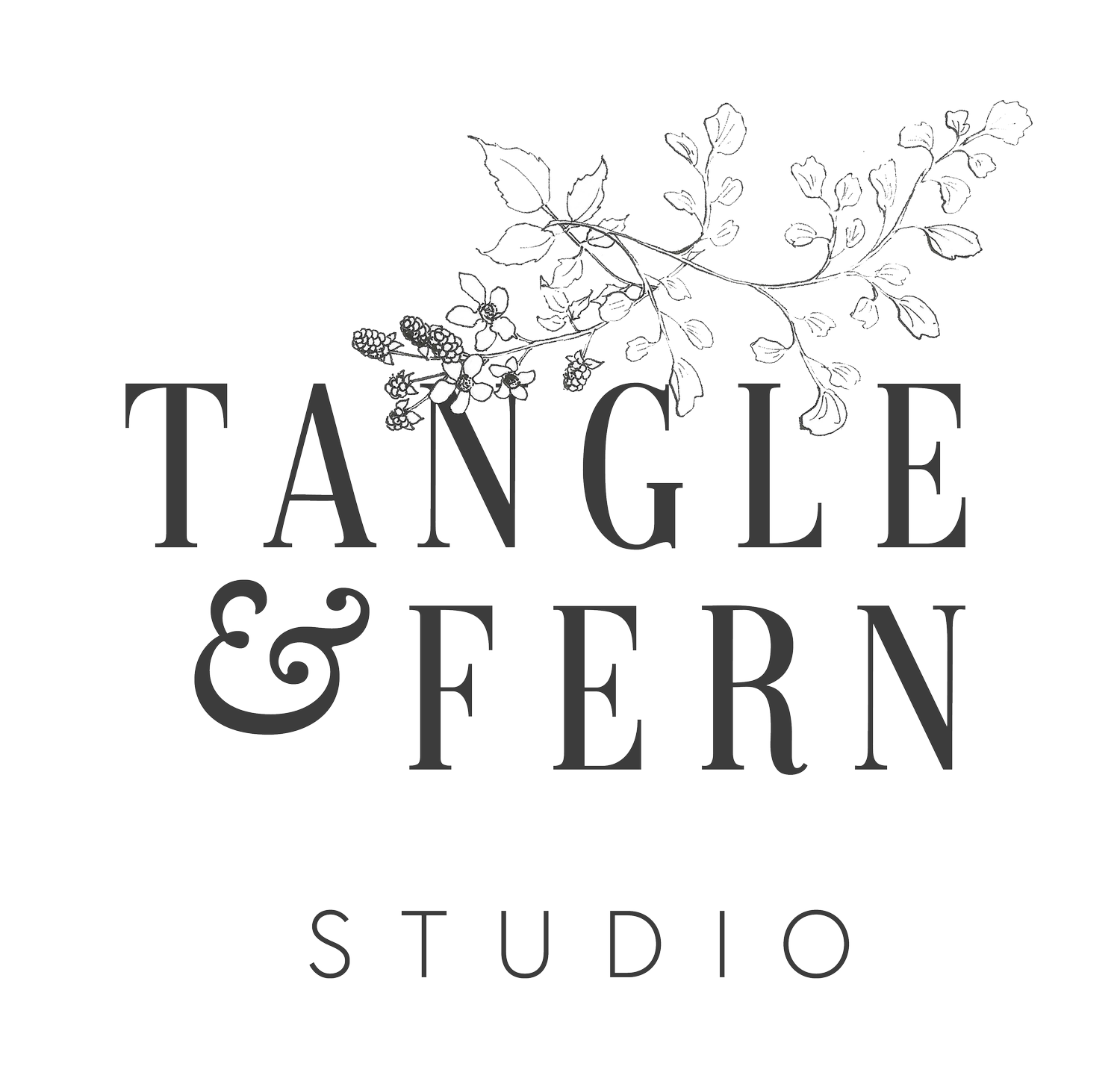Giving them context
Audiences are made up of real people. Complex, multi-faceted, contradictory, fascinating people.
This sounds obvious, but it’s actually very easy to forget, and therefore quite commonly forgotten! When we are deep in a branding exercise like the lessons that you are doing right now, we can develop something of a tunnel vision. We are focussed so powerfully on what it is that we do, what we offer to the world, and what people want from us, that we overlook the fact that even our ideal audience isn’t thinking about what we do and what we can offer them 24 hours a day!
Members of any audience or customer group don’t exist in isolation, inhabiting the world only to interact with us and the things we do or make. There’s a whole lot more going on in their lives that has nothing to do with us.
Recognising this fact is something of an audience-recognition superpower, because it immediately broadens the search radius for both finding the members of our audience, and connecting with them.
To do this, now that you have created a basic description of your ideal audience, you’re going to build a list of other things they might be interested in, or need, beyond what it is that you can give to them. The goal of this exercise is to help you start to think in terms of communities, rather than just demographics, and to recognise that even people who are passionately interested in what you are doing have other interests as well.
In your Workbook on page 17, make a list of some of their likes, interests, passions and hobbies - other than the thing you are offering them. You’ll be able to glean a lot of ideas for this list from the work you’ve done on your audience so far, and through the social listening you started this week.
To get you started with some ideas, I’ve provided a case study below.
Case study: the Naomi Loves community
When I first began building the community for my creativity brand, “Naomi Loves,” I used exactly the same process that we’ve been working on this week. It’s how I found a community of like-minded souls who came with me on the journey as I discovered mail-art and shared the joys of letter-writing, learned how to paint, and launched my successful “Beautiful Letter” course (which is now in its fifth year), as well as a popular subscription service, “A Year at the Market,” among others. Here’s a break-down of how I used social listening to give my “ideal audience” context, and find those people:
1. Start with the obvious
Since I shared and sold content around letter-writing, I researched blogs and hashtag feeds to find other people who shared content about letter writing. (For example, I knew of a popular website and blog called the Letter Writer’s Society - they linked to their Instagram feed, so I looked at that, then looked at the people who followed them. From there, I looked at the kinds of content those people shared, and also the letter-related hashtags they used).
2. Social listening
I began creating small surveys, asking simple questions on my (then very small) Instagram feed, and posting surveys in my (also very small) newsletter. I asked people what it was they liked about letter-writing. Their answers were incredibly insightful: they told me they liked the nostalgia of it; they liked that it was a slow and mindful activity; they liked the creative, artistic side of it; and they liked how personal it felt (letter-writing was the anti-Facebook).
3. Broaden the search
In response to those survey answers, I broadened my search. I figured that if people liked letter-writing for the nostalgia, then maybe some of the people who like nostalgia might also like letter-writing (even if they hadn’t thought of it before then). So I began interacting in communities on Instagram that posted about vintage finds, vintage living, lost trades, history, childhood nostalgia, and those kinds of topics. These were interests that gave context to my community: they weren’t about letter-writing, but they were related. I did the same for people who were interested in slow-living, mindfulness, and doing things by hand. And then again for people who were interested in art and personal creativity.
4. Ask yourself, “What else?”
But to find all those people, I had to broaden my search further yet. I began to speculate that if people were interested in slow living (for example), what else might they be interested in? (I found the answer to “what else?” by looking at the social media feeds of people interested in slow living and looking at what else they posted and talked about).
So I broadened my search to people who liked gardening; people who had sustainability and environmental values; and people who were interested in homesteading (a very American term) - whether they liked living this way or just admired others who lived this way. I explored “slow food,” both as a movement, and simply by looking at people who liked to bake things from scratch, make their own pasta, keep kitchen gardens, and eschewed thermomixes.
Piece by piece, your understanding of who your “ideal audience” will become fleshed out, and the people in that audience will become real to you, instead of just “tools to give me what I want.” Use my case study to inspire your own thinking about your own audience(s), as you list their interests on page 17. You will probably want to come back to this list and add to it as the weeks go by, especially as you persist with your social listening.

